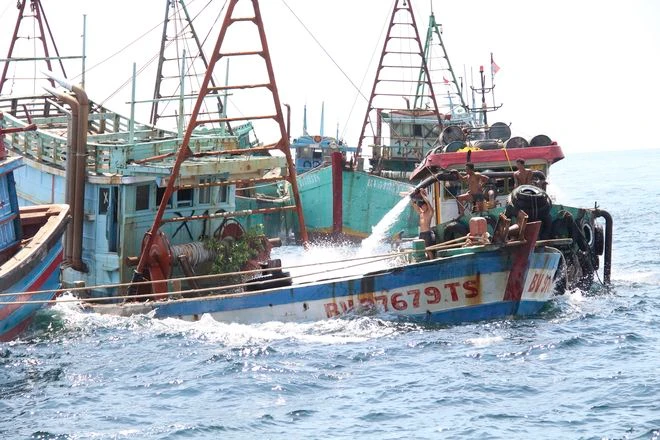Death toll from flash floods in Indian Himalayas climbs to 74, rescue gathers pace
Rangpo (Reuters) – The death toll from flash floods unleashed by a glacial lake bursting its banks in India’s Himalayas climbed to 74 on Monday with 101 people still missing days after the calamity struck, according to provincial officials.
Following days of torrential rain in the northeastern state of Sikkim, torrents of water swept down narrow river valleys from Lohnak Lake, damaging a dam and wreaking destruction in villages and Rangpo town, about 50 km (30 miles) south of state capital Gangtok.
Sikkim’s Chief Secretary Vijay Bhushan Pathak, the most senior bureaucrat, told Reuters that rescuers had found 25 bodies in the state and bodies of eight army men washed away were found in the neighbouring downstream state of West Bengal.
He said 101 people were still missing in the latest of a series of natural disasters caused by extreme weather events in the Himalayas. Fourteen army personnel were among the missing, a defence ministry statement said.
The search for survivors was hampered by damaged roads, poor communications and bad weather, and residents were struggling to clear sludge and debris in the wake of one of the worst disasters in the remote region in more than 50 years.
Parveen Shama, the top district official of Jalpaiguri in West Bengal, said 41 bodies were found in the district.
A statement from the federal government said chief secretary Pathak told a meeting of the National Crisis Management Committee that road connectivity has been established in most areas, 28 relief camps established and more than 6,800 people given shelter there.
“As a result of improvement in weather conditions, it has become possible to start evacuation and air lifting of stranded people. Eighty people have been evacuated this morning,” the statement quoted Pathak as saying.
Priority To Connectivity, Evacuation
Federal cabinet secretary Rajiv Gauba said portable bridges known as Bailey bridges should be launched on priority to restore road connectivity for people where bridges have been washed away, the statement said.
“Evacuation of people in shortest possible time should be the priority,” Gauba said.
Sikkim, a Buddhist state of 650,000 people wedged in the mountains between Nepal, Bhutan and China, received 101 mm (four inches) of rain in the first five days of October, more than double normal levels.
In October 1968, an estimated 1,000 people in Sikkim perished in floods.
Mukesh Kumar, a 43-year-old migrant worker in Rangpo, described how he and his neighbours had barely 10 minutes to escape before the flash flood hit.
“Had we not left for another two minutes, we might have drowned,” said Kumar, staring at the sludge and debris covering his lodgings.
Residents told Reuters that many people whose dwellings were on the ground floor could not have survived.
Baiju Sharma, 45, who ran a furniture business, surveyed the aftermath of the disaster.
“Where you are standing is 15 feet (4.5 metres) higher than earlier. You are standing on his house,” Sharma said, pointing towards his neighbour.
Government officials said about 2,000 tourists stuck in cut off areas of northern Sikkim were reported to be safe, and state authorities and the army had provided them with food and communication facilities to contact their families.



